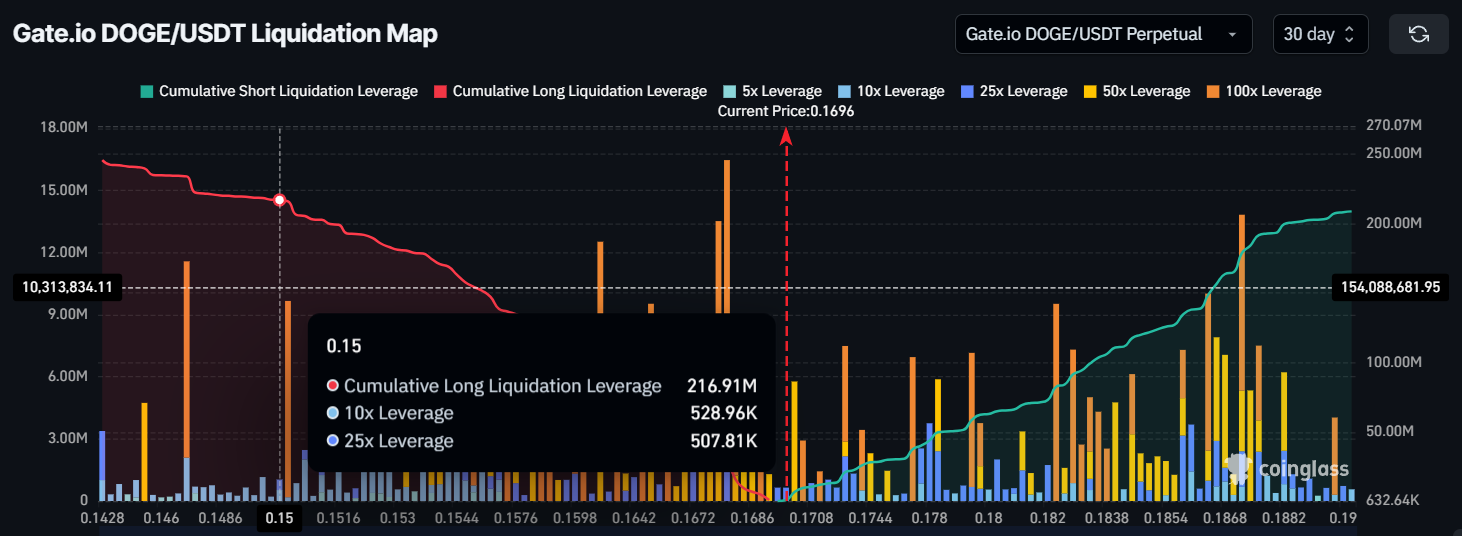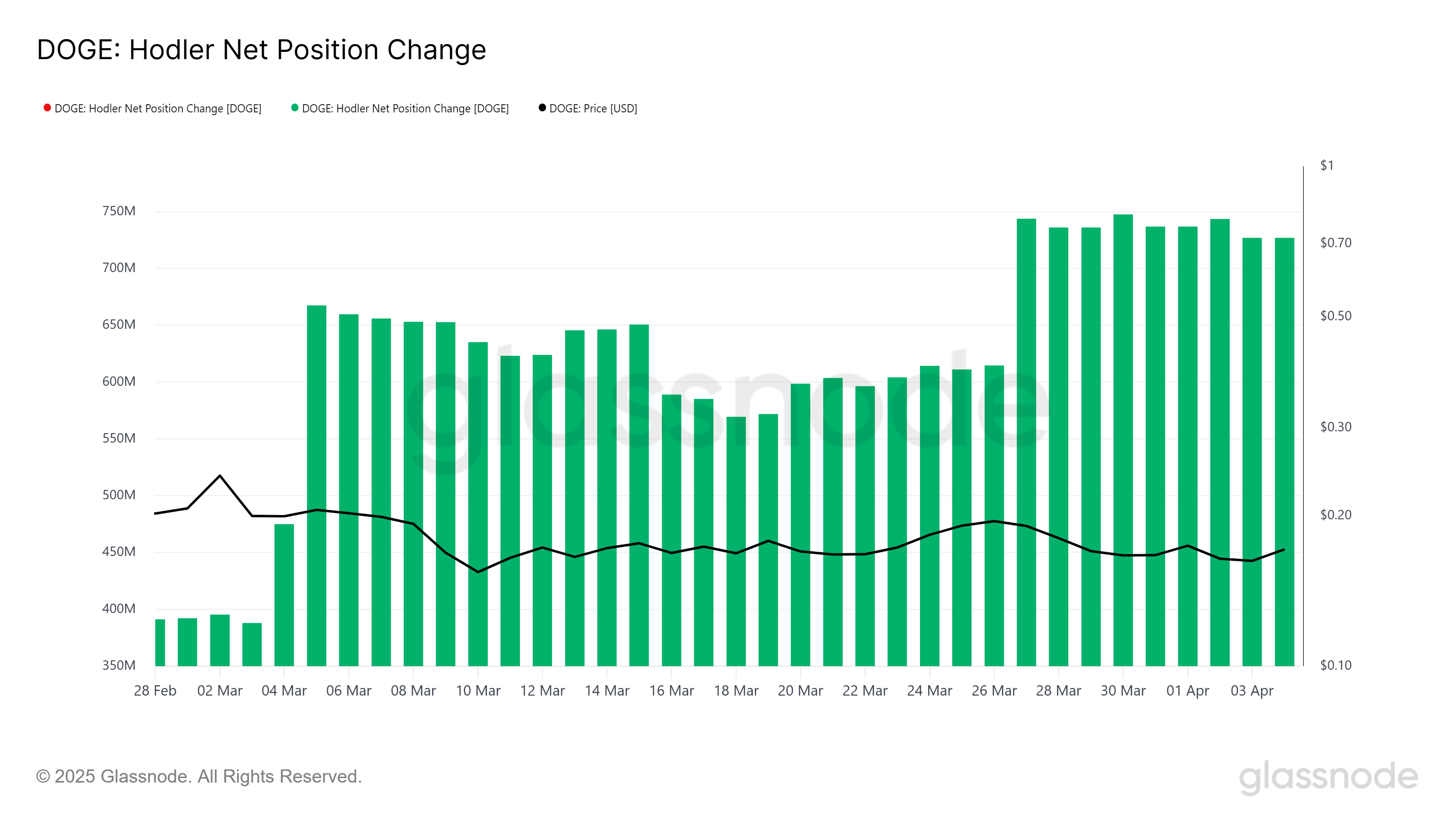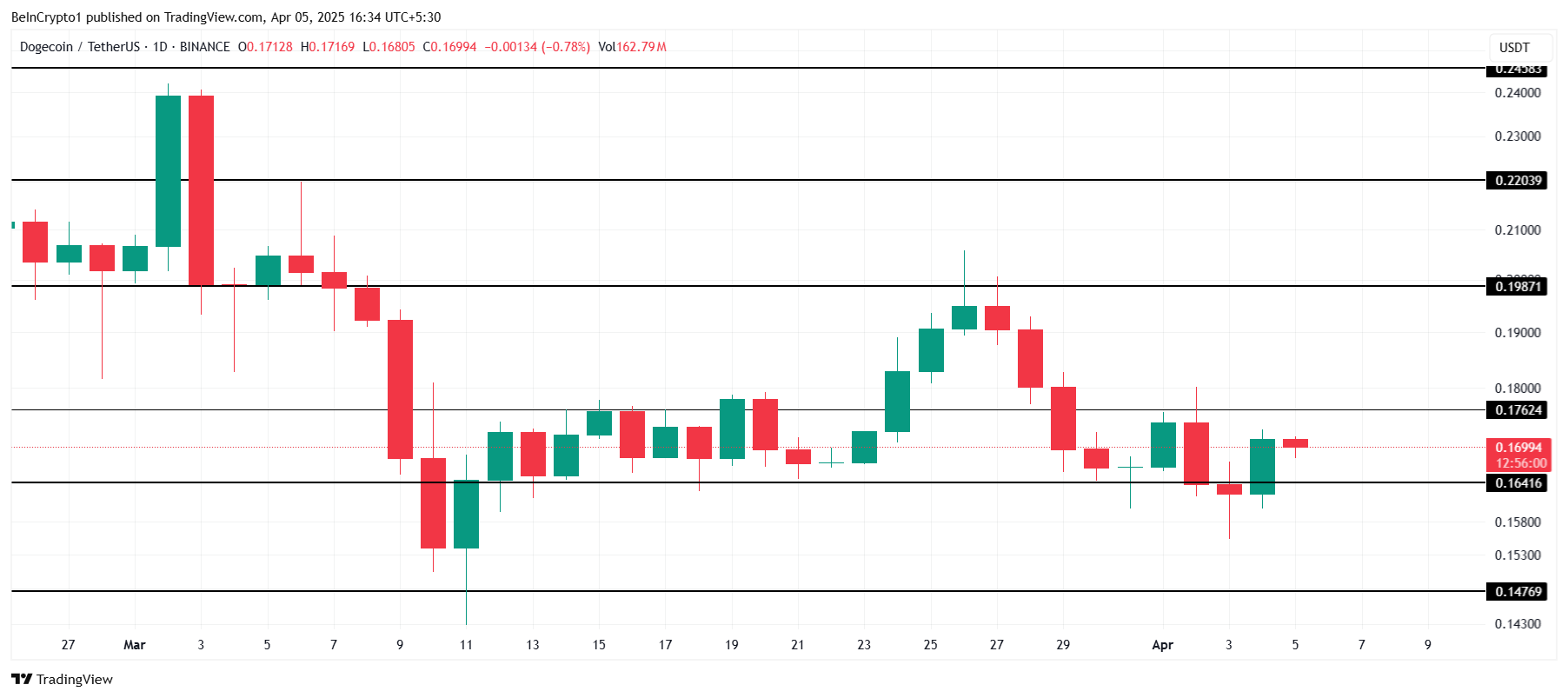On March 20, 2025, an important meeting took place between David Sacks, the US Special Advisor on AI and Crypto, and Sheikh Tahnoon Bin Zayed Al Nahyan, the Chairman of Abu Dhabi’s investment fund MGX.
This meeting marked significant progress in technological cooperation between the US and the UAE and created new opportunities in artificial intelligence (AI) and cryptocurrency.
What Did David Sacks and Sheikh Tahnoon Discuss?
Sheikh Tahnoon is a powerful figure in the UAE. He is the brother of the UAE President and serves as the country’s National Security Advisor. He also chairs MGX, an investment fund established in 2024 to promote AI and blockchain technologies.
In a post on X (formerly Twitter), Sheikh Tahnoon stated that he and David Sacks discussed AI development, the role of digital currencies, and investment opportunities.
“I explored with David Sacks, the Special Advisor on AI and Crypto, the transformative effects of artificial intelligence across various sectors, the expanding role of digital currencies in reshaping financial systems, and the investment opportunities emerging at their convergence,” Sheikh Tahnoon said.
This meeting took place just one week after MGX announced a $2 billion investment in Binance, the world’s largest cryptocurrency exchange. Notably, MGX conducted this investment using stablecoins, making it the largest crypto-based investment transaction ever.
Under Sheikh Tahnoon’s leadership, MGX is emerging as a major AI investor with allocations across various AI sectors. According to The Wall Street Journal, MGX is expected to receive over $50 billion from Sheikh Tahnoon’s personal assets and other sources in Abu Dhabi.
Additionally, MGX is one of the key backers of Stargate, a $100 billion data center project led by SoftBank and OpenAI, announced at the White House. The fund has also invested in OpenAI, Elon Musk’s xAI, and Amazon-backed Anthropic.
This meeting was part of a broader series of diplomatic engagements between the US and the UAE. On March 18, President Trump announced on TruthSocial that he had hosted Sheikh Tahnoon for dinner at the White House. They discussed economic and technological cooperation.
“Discussions also included ways for our countries to increase our partnership for the advancing of our economic and technological futures,” President Trump stated.
Additionally, reports have recently surfaced suggesting that the Trump family is negotiating to acquire a stake in Binance.US. However, CZ, the former Binance CEO, has denied these claims. Meanwhile, World Liberty Financial, a DeFi project linked to the Trump family, has been continuously investing in projects like Avalanche, Mantle, Sui Blockchain, and Movement.
The post AI, Crypto, and Investments—All About David Sacks’ Meeting with UAE’s Sheikh Tahnoon appeared first on BeInCrypto.






